LED camper lights: all the info you need
- Posted on
- By INTOLED
- 0

Do you ever go on holiday with a campervan, caravan, folding trailer or boat? Just like lighting at home, there are many options for lighting your temporary home. After all, lighting is not just about being able to see well in the dark, it is also about creating atmosphere. And when you are camping or out and about, atmosphere is important. So you can enjoy balmy summer evenings or create an extra cosy feeling when the weather is a little disappointing. It can happen, don't worry. We are mainly discussing options and tips for a motorhome, but of course you can easily apply this to a caravan, trailer tent or boat.
How To Get Electricity In A Camper Van?
The most important thing about lighting in a motorhome is that it uses little energy. Below we look at the different ways you can get energy in your motorhome.
In a motorhome, you already have an easy source of power: the car battery. You can use power from the cigarette lighter socket in the car. You can easily charge a mobile phone or camera. The big downside is that once it's gone, it's gone. And because you share the battery with the car's starter battery, you need to be careful. After all, you need the starter battery to start your car and therefore your camper. If it is flat, you will not be able to drive and will have to use jumper cables and another car. You don't want to have to do that, so look for other ways to have comfortable lighting in your motorhome.
Many motorhome owners opt for a domestic battery. A battery in the motorhome allows you to store electricity for later use. A battery works on 12V. It is therefore practical to choose 12-volt lighting in the motorhome. You may already be familiar with 12-volt lighting from our porch lights and other recessed lights. We will come back to this later in the blog.
Another good thing to know is that you can fit a shunt to the battery. This is a device that measures the current going out, so you can see how much power the battery has left, just like your mobile phone. In this way, you can work out how much power your lights are using and avoid suddenly running out of power and causing the fridge, for example, to stop working.
Discover camper van lighting now
Of course, one day the battery will run out, so it is a good idea to charge it in advance. There are three ways of doing this:
1. Solar panels
Solar panels are the best way to charge your battery. It is free, energy efficient, lightweight and extremely effective. Fortunately, solar panels are not nearly as expensive as they used to be, so it is also very affordable. With one or more solar panels on your roof and a charge controller, you're ready to go. A charge controller? You need one to convert the voltage from the solar panels to the 12V needed for the battery. Remember that 12V? The energy is then stored in the battery until you need it again. It is handy to buy an external display to see how the solar panels are working. This way you can easily see how much energy your solar panels are producing.
2. Alternator
Another very simple way to charge the battery is to connect the domestic battery to the car's starter battery. While you need to be careful not to drain the car's starter battery when camping, this is not a problem when driving. As you drive, the starter battery recharges, allowing you to charge your domestic battery as well. For the camper's starter battery, full is full. Once it is full, the energy has nowhere to go. So how handy that you can use that extra energy to charge your domestic battery. You can connect the starter battery and the domestic battery by using a relay or converter. Such a relay or converter is super handy because it also ensures that your car's starter battery never runs out.
3. Shore power
You probably don't always take your motorhome into the wilderness and will occasionally find yourself in a place where you can get electricity. This could be at a campsite, for example. You'll often have to pay a little extra, but it's a great way to recharge your batteries and keep the lights on. All you need is an input box, which you connect to the outside through a hole in the camper. You combine this input box with an earth leakage switch that will trip if there is a power leak. Nice and safe! You also need a battery charger because the shore power is 230V, just like at home. As your domestic battery is 12V, the 230V has to be converted to 12V to make sense. You do this with the battery charger.

What are the best lights for a camper?
Now that we know where energy comes from in a motorhome, let's take a look at lighting and the best choices.
Lighting, wherever you want to use it, remains a matter of taste. Some people want to be able to see well, while others like the atmosphere. It also depends a lot on the function of the room. Do you want to be able to work in the motorhome, or is it mainly for holidays and games? Either way, you will probably choose a combination of ambient and functional lighting. Over the kitchen sink you might want something functional, over the dining table a cosy pendant. And maybe by the bed or in the living area a spotlight that you can tilt to get good reading light?
Camper lights replaced with LED lights
One thing is clear: always choose LED lighting. LED lighting is not only sustainable thanks to its low consumption, LED lamps also last many times longer. They also provide more light for less energy, which means your battery will last twice as long. LED lights also do not get hot, which is great in a confined space like a motorhome. This prevents unsafe situations and fire hazards when a sheet or towel is placed against a light. One final advantage: LED lights are more resistant to vibration and shock, which is great when you are on the move, but also when you are getting in and out of the caravan. After all, a caravan is less stable than a house.
Discover camper van lighting now
What lighting is recommended for the camper?
As well as recommending that the lighting in the motorhome is LED, there are other things to consider. As we mentioned earlier, because your battery works on 12 volts, it is best to choose 12-volt LED lights for your motorhome. This way, you can connect the camper LED lights in one go, without the need for a transformer. It is also wise to look at the consumption of the lighting you want to use. Consumption is the amount of energy it takes for a bulb to burn and is measured in watts. The lower the wattage, the more economical the bulb and the longer your battery will last. Recessed lights are available from just 3 watts per light.
Recessed spotlights
If you want to use recessed spotlights in your motorhome, you can choose between recessed spotlights with a built-in light source or spotlights with a replaceable light source. With recessed spots, it is particularly important to consider how thick the ceiling is where you want to install the spots. A recessed spotlight with a built-in light source is often flatter than one that can accommodate a replaceable light source, often a GU10. The disadvantage of spots with a built-in light source is that you can't replace the light source if the bulb breaks. Fortunately, LED lighting lasts incredibly long, and many of the recessed spotlights on our website have a life of at least 25,000 hours. That sounds like a lot, but it is. If the bulb is on for 10 hours a day, 250 days a year, it will last at least 10 years. Now, this is a bit of an exaggeration for a camper and in practice you will not have the lights on for 10 hours a day. So the bulbs will last even longer.
Separate lamps
Do you already have camper lighting inside and just want to replace the caravan lighting with long-lasting LED lighting? Changing a camper or caravan light is really a breeze. Then we have good news for you! You will save a lot of money anyway and you will be surprised how much longer your battery will last. You can easily save 70% energy if you still use old-fashioned lighting in your motorhome. Of course, there is a wide choice of E14 and E27 bulbs, as well as GU10 bulbs. However, it is more likely that you will be using smaller bulbs in your motorhome. An R7S bulb, for example, is very common above a mirror. This is a small bar light. You can buy these from as little as €5.95. Other common options are G4 or G9 bulbs.
These are even smaller and come in small light fittings. These are available from as little as €2.95. So you can replace your old lighting, but you can also hang a nice hanging lamp over the dining table and screw in an LED bulb. There are lots of lovely incandescent lamps where you can see the filaments running, just like in old-fashioned light bulbs. These add a lot of atmosphere to the room anyway.
When it comes to LED lighting in the camper, we also have a wide range of individual lamps. For example, do you already have a wall light on the outside of your motorhome? Screw in an energy-efficient LED bulb and start saving.
LED Strips
Another handy lighting option for your motorhome is an LED strip. This is a flexible strip of small LED lights that you can hang wherever you like. LED strips come in all shapes and sizes, so there is always one to suit your needs. LED strips come in 2, 5, 10, 20 and 50 metre lengths, but you can always shorten or lengthen an LED strip. For example, the shortest LED strip you can make is 12.5 centimetres. You can also choose from different light colours. From warm white 2700K to daylight white 6000K or go for an RGBWW version. With RGBWW, you have an intelligent strip that you can control with your mobile phone.
Discover camper van lighting now
It's handy if you're reading in front of your caravan and want to turn off the light to keep the mosquitoes out. Or if you're out and about and want to give the impression that someone is in the motorhome. At least with an RGBWW motorhome, colour is not a problem, as you can choose from 16.5 million light colours and every shade of white there is.
There are also different options when it comes to the amount of light. Some LED strips have the LEDs very close together, while others have the LEDs further apart.
The difference is in the uniformity of the light. The lower the number of LEDs per metre, the more you can see the individual light sources - the LEDs - glowing. The more LEDs per metre, the more the LED strip emits per unit of light.
The difference in brightness also affects the amount of light. Light intensity is measured in lumens and can be determined by dimming a lamp. So you also dim a lamp in lumens. How many lumens do you need in your caravan? We explain it to you.
How many lumens do you need for your camper?
A motorhome is not usually that big, but you will want to have light in several places. A couple of recessed spots in the ceiling, one over the gas hob, one over the table, a night light by the bed and lights in the shower and toilet if you have them. You don't want to be bathed in light, but you also don't want too little to be able to work, study or read. In general, 300 to 400 lumens per square metre is enough. A motorhome is not that high either, so the light you use is relatively effective. But it's different in a very tall house. As you can imagine, the same luminaire in a caravan will give much more light than if it were hanging from a ceiling 3 metres high. All in all, it's best to work with around 1,500-3,000 lumens for the caravan.

How should camper lights be installed or replaced?
Connecting caravan lights is not difficult at all. The advantage of a motorhome is that you are working with a battery that is already set to 12V. So choose lights that work on 12V, otherwise you'll have problems and think: my 12V lights in the caravan don't work... .... So choose 12V lighting so that you can connect it directly, without having to work with additional equipment such as a transformer. We will explain later how to connect 230V lighting, as it is not completely impossible.
Take a recessed spotlight, such as Cadiz, Betty, Medina or Olivia. They all work on 12V. If you look at the wiring, you will see a red wire: the plus wire, and a black wire: the minus wire. The battery also works with + and - wiring. Just connect the red wire to the red terminal and the black wire to the black terminal. Just test it before you install the spotlight. You're ready to go!
MOT and camper tax
If you own a motorhome, you may have asked yourself: when do I have to have my motorhome inspected? In general, the same rules apply as for cars. If the motorhome runs on petrol, it should be inspected after 4 years. After that, the MOT requirement is every two years. Does the motorhome run on diesel or LPG? If so, the first inspection must be carried out after three years. After that, annual MOTs are required. Want to know more? Take a look at the MOT website.
And when is a motorhome tax-free? In short, a motorhome is considered a passenger car for road tax purposes.
LED camper van lighting installation
Do you still want to use 230V lighting, such as a cosy garland of lights or a lampshade to light your camper outside? You can, but there's an extra step. 230V is the usual power level that comes out of the sockets at home. If you want to connect 12V camper lights, such as recessed spotlights, you need a transformer to convert the current from 230V to 12V. Now we want to do it the other way round, because the battery is 12V and you want to connect something from 230V. So again you need a (different type of) transformer.
How much does camper lighting cost?
If you are reading this blog, you have learnt all about buying new LED lighting for your motorhome.
When it comes to buying new lighting for your motorhome, there are lights to suit every budget. You can go for luxury lights or lights that are a little more affordable. Need help finding the right motorhome lighting? Give us a call or send us a WhatsApp and our experts will be happy to help!
Click on the link below to view all products in this category.

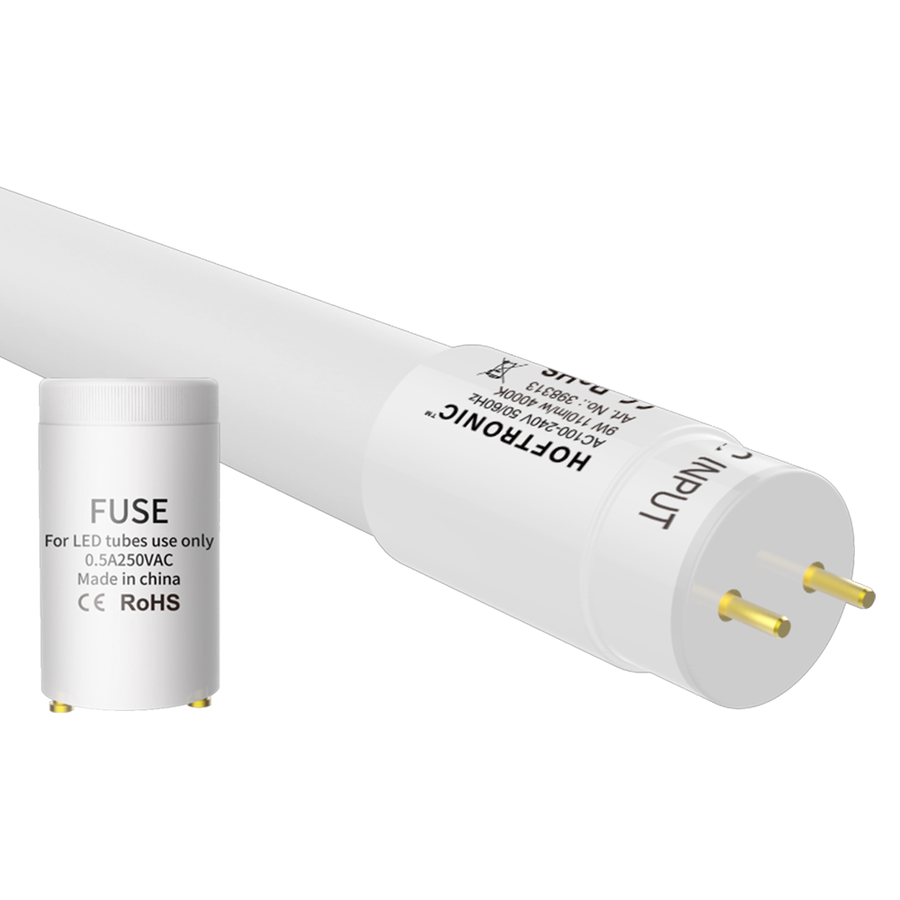
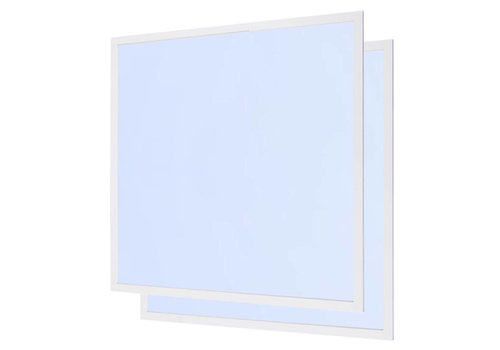
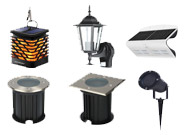
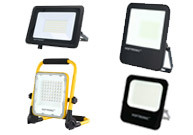

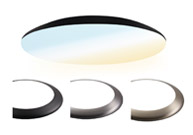
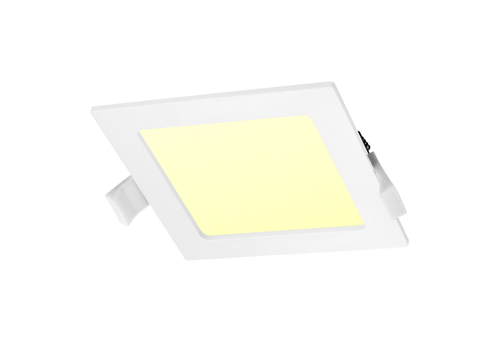


Comments
Be the first to comment...